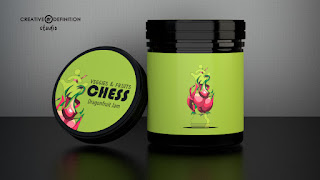Why not use cork for your packaging?
 Cork is made from the bark of a tree, cork oak and it is an impermeable material. It is not extinct being quite a sustainable material.
Cork is made from the bark of a tree, cork oak and it is an impermeable material. It is not extinct being quite a sustainable material.
During a harvest, the outer bark of a the trunk and branches is carefully stripped by hand – no mechanical devices are allowed.
The bark can develop considerable thickness and can be harvested every 7 to 10 years to produce cork. It has cell walls that are composed of a waxy substance that is highly impermeable to gases and water.
Cork has high mechanical strength and it is extremely durable and has a high friction coefficient. Screw caps are more effective than natural corks but they are not environmental friendly and give a more cheap image to the wine, so when you consider the packaging for your wine, it's good to keep that in mind.
The inventor of cork-based wine stoppers is unknown. Colloquial stories attribute the Benedictine monk Dom Pérignon. According to the legend, a French monk named Dom Pérignon realized that a cork could seal in the fizz and flavor of Champagne after he saw Spanish travelers using tree bark to plug their water gourds. Dom Pérignon is today one of the most expensive brands of champagne, because it is made out of premier and grand cru grapes from Champagne.
So what makes cork such a good material for your packaging? It's basic structure, which is honeycomb-like, this makes cork extremely elastic. Cork is a fully sustainable and renewable natural resource, cork can be composted, so using these types of materials will help you engage your Eco-friendly customers and give a more sophisticated look to your beverage package.
Captivated? Find out more info...



Comments
Post a Comment